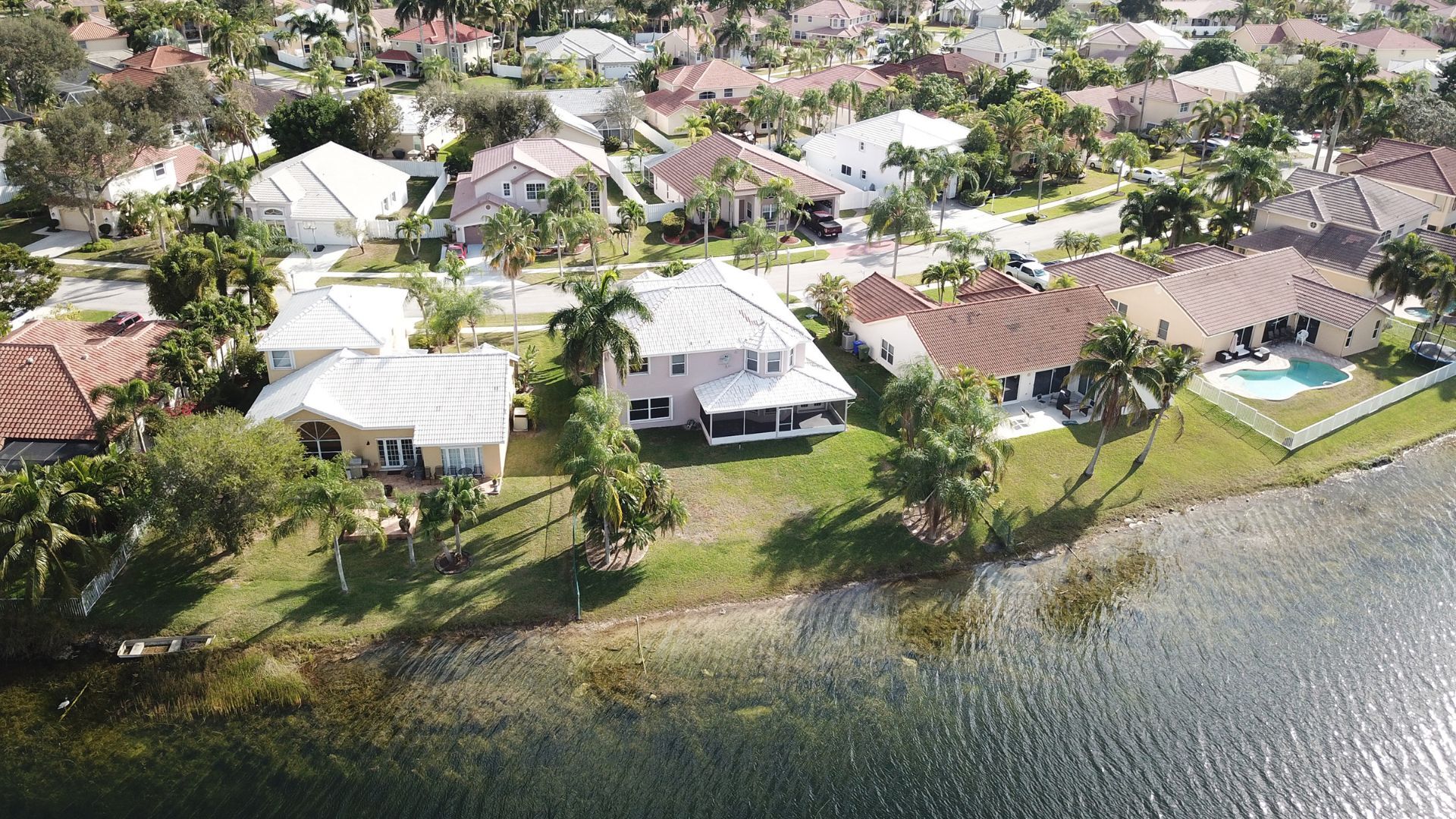Now offering a 3rd Mortgage
Didier Malagies • October 6, 2025
Ask a Mortgage Question
Use the form below and we will give your our expert answers!
203H Ask A Question
Start Your Loan with DDA today
Your local Mortgage Broker
Mortgage Broker Largo See our Reviews
Looking for more details? Listen to our extended podcast!
Check out our other helpful videos to learn more about credit and residential mortgages.

What Does “No Credit Score Mortgage” Mean (for FNMA) Policy Change As of November 15, 2025, Fannie Mae’s automated underwriting system (Desktop Underwriter, or DU) will no longer require a minimum third-party credit score. Fannie Mae Instead of relying on a fixed cutoff (like “you must have a 620 FICO”), DU will use Fannie Mae’s proprietary risk-assessment model to evaluate credit risk. Fannie Mae That model considers more than just credit score: payment history, “trended” credit data, nontraditional credit sources like rent, utilities, and so on. Fannie Mae Nontraditional Credit Allowed Fannie Mae’s Selling Guide includes rules for “nontraditional credit” — that is, credit history documented without a standard credit score. Selling Guide When a borrower truly has no credit score, lenders must document nontraditional credit history. For example, they might look at 12 months of cash flow or payment history (rent, utilities, insurance, etc.). Fannie requires borrowers without any credit score to complete homeownership education before closing. Selling Guide Why This Could Be a Good Thing Greater Access to Homeownership This change will likely help people who are “credit invisible” (i.e., they don’t have a traditional credit score) get conventional mortgages. Historically underserved groups (such as those who rent, use nontraditional credit, or have limited credit history) could benefit. More Holistic Underwriting By removing the rigid score minimum, DU can look at the whole financial picture. This means more weight on things like debt-to-income ratio, reserves, employment, and nontraditional credit. Using more data (rent history, payment trends) can be more predictive of whether someone will make mortgage payments than just a credit score. Potential Cost Benefits for Some Borrowers If done right, borrowers with limited credit but solid finances could qualify for a conventional loan (which may have more favorable terms than some other high-risk or subprime options). It may reduce the need for more expensive or risky loan products for people who don’t fit the “traditional” credit profile. Risks and Downsides Higher Risk for Lenders → Possibly Higher Cost Without a credit score floor, lenders are taking on more uncertainty. They may require larger down payments, lower loan-to-value ratios (LTVs), or more reserves to compensate. If the borrower is truly “credit invisible,” the lender’s verification burden is higher (to safely assess risk), which could make underwriting more stringent in non-score cases. Potential for Higher Interest Rates / Pricing Risks Even if a borrower qualifies, the interest rate may be higher compared to someone with a very good credit score, because the risk model may not “discount” as heavily without a high score. There could be loan-level price adjustments (or other risk-based pricing) tied to the riskiness of nontraditional credit profiles. Performance Uncertainty This is a newer underwriting paradigm for Fannie Mae, so long-term performance is less “battle-tested” at scale for certain nontraditional credit borrowers. If default rates go up for these loans, it could have negative implications for lenders or investors (or for how such loans are underwritten in the future). Lender Overlays Just because Fannie Mae has this policy doesn’t mean all lenders will be aggressive in offering no-score loans. Some may add their own stricter requirements (“overlays”) that make it harder than it sounds. You’ll need a lender that is comfortable underwriting nontraditional credit and willing to do the extra documentation. Is It a Good Thing For You Personally? It depends on your situation: Yes, it could be great if: You don’t have a traditional credit score but have a solid financial picture (stable income, low debt, documented payment history for rent/utilities). You want access to a mainstream, conventional mortgage. You have enough reserves/down payment to satisfy lender’s risk assessment. Be cautious if: Your income or cash flow is marginal, because the lender may not be comfortable with “no score + limited reserves.” You don’t have much documentation of nontraditional credit (you’ll need to show 12 months or more of payment history). You’re not working with a lender that understands or is experienced with Fannie Mae’s nontraditional credit program. My Verdict Overall, yes — this is a positive shift by Fannie Mae toward more inclusive, flexible underwriting. It’s likely to help more people who’ve been shut out of conventional mortgages. But it’s not “free risk”: borrowers still need to show financial responsibility, and lenders will underwrite carefully. If you are considering this type of mortgage (or someone offered it to you), I strongly recommend: Talking to a lender experienced with Fannie Mae’s nontraditional credit program. Didier Malagies nmls212566 DDA Mortgage nmls324329 .




